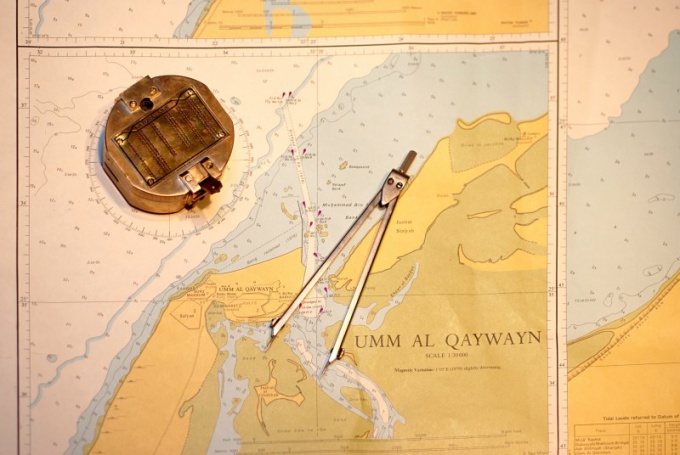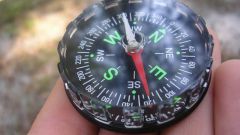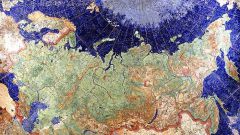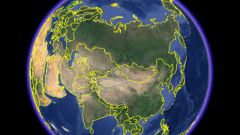Instruction
1
For ease of use in mapping the entire surface of the planet is divided into zones by lines drawn from pole to pole. Axis is called the Meridian passing through the middle of each zone. Most of these zones turned 60, i.e., each "slice" of the earth orange has 6° of longitude. This allows the coordinates of the ground points to calculate the sequence number of areas and to calculate the longitude of the Central Meridian of the zone.
2
Identify the ordinal number (n) zone. The countdown begins with the units from the Greenwich Meridian. Since each area has 6° of longitude, divide without a remainder longitude (L) coordinates of any point of interest you area and increase the result by one: n = L/6° + 1. For example, if the sheet nearest the axial Meridian which you are interested, there is a point with longitude 32°27', so this sheet refers to (32°27'/6°)+1 = 6 area.
3
To determine longitude (L₀) of the axial Meridian of the zone obtained in the previous step the sequence number and multiply by 6°, and from the result subtract 3°: L₀ = n*6 - 3°. For the above example, the longitude of the Central Meridian is equal to 6*6°-3° = 33°.
4
Russia has a unified system of coordinates SK-95 points of the state geodetic network fixed on the ground by measuring the period 1995 To determine the spatial or planar rectangular coordinates Central Meridian on the assumption that the starting point of each zone is at a distance of 500 km to the West of the intersection of the Central Meridian with the equator.
Note
In the geodetic rectangular coordinate systems, the line of the equator is considered the abscissa axis (X) and parallel to the Meridian line - the axis of ordinates (Y). Often, however, in the construction of facilities using conventional coordinate system where the directions of the axes chosen, for example, in the direction of the railway. This should be considered when determining the axial Meridian of the zone with the use of such cards.



